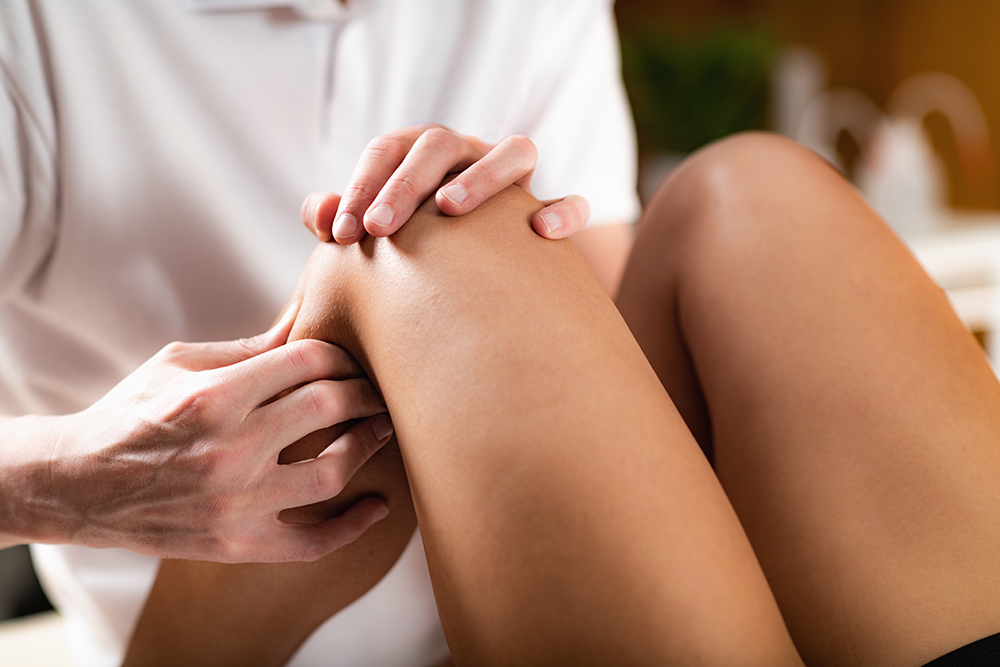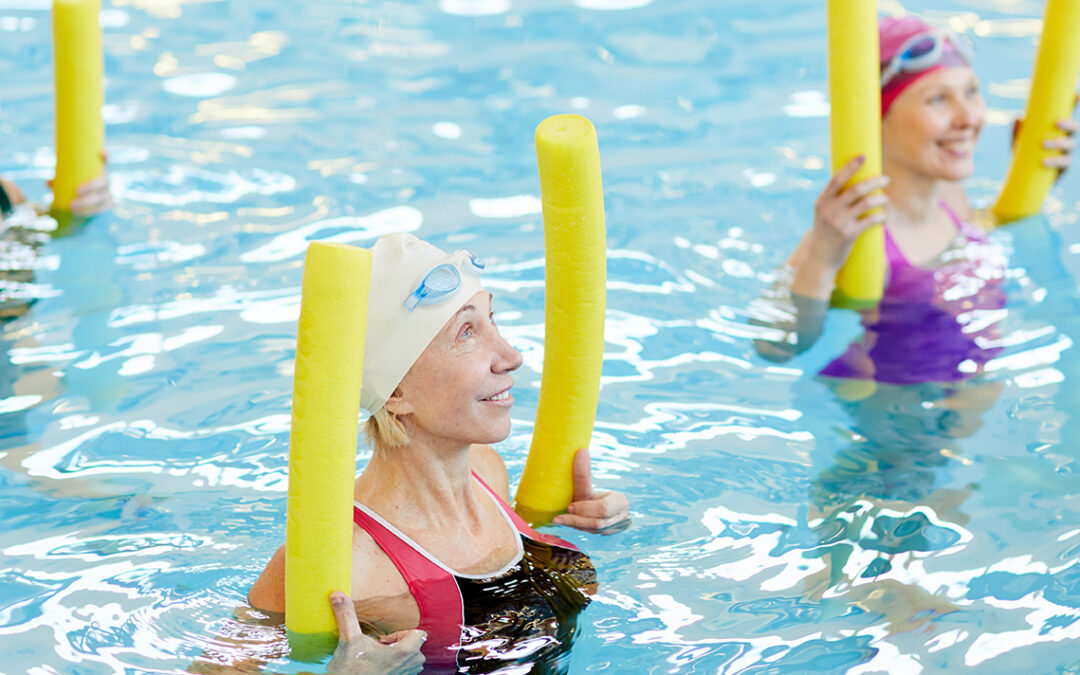Contents
The lower leg is a complex region made up of a number of bones (tibia and fibula), muscles (gastrocnemius, soleus, tibialis anterior, peroneal and posterior compartment), tendons and ligaments (Achilles, anterior and posterior tibiofibular, and deltoid), and nerves (peroneal and tibial). Due to this complexity, when you have lower leg pain, it can be a challenge to pinpoint the source of your pain and implement effective treatments. Your lower leg helps your leg move and bear a significant amount of your body weight. It also helps to provide you with stability. Without this complex system, you would be unable to run, jump or walk. Pain in your lower leg can have a dramatic effect on your quality of life if it’s keeping you from your normal daily activities.
Symptoms of lower leg pain
Lower leg pain may manifest in a number of ways, especially depending on the underlying cause behind it. Common symptoms of lower leg pain can include:
- Pain — The pain you are experiencing may be in one specific area or it may radiate along the entire length of your leg. It may range from a dull ache to a sharp, stabbing pain.
- Numbness or tingling — If you have nerve compression or damage in your lower leg, it may cause you to have sensations of numbness, tingling, or “pins and needles.”
- Swelling — Your lower leg may swell in response to the inflammation or injury behind your lower leg pain.
- Bruising — If you experienced an injury or trauma, your lower leg may become bruised. This is an indication of damage done to blood vessels in your lower leg.
- Weakness — Lower leg pain can result in muscle weakness. This can make it challenging for you to perform certain movements or activities.
- Stiffness — Stiffness resulting from your lower leg pain can limit your mobility and flexibility.
Common causes of lower leg pain
The culprit behind your lower leg pain may be due to a variety of issues including:
- Muscle strains — Muscle strains in the calf or shin muscles can be caused by overuse or sudden new exertion.
- Shin splints — Shin splints can be caused by the repetitive stress on your shinbone and surrounding tissue. This is a condition often seen in athletes or people who engage in high-impact activities.
- Stress fractures — Stress fractures are tiny cracks in your bones, particularly in your tibia. These can cause localized pain and are due to overuse.
- Tendinitis — Tendinitis is caused by the inflammation of the tendons. Tendinitis is often seen in the Achilles tendon and tibialis posterior tendon. This inflammation can cause you pain and discomfort.
- Nerve compression — When a nerve becomes compressed in your lower leg, it can result in pain, numbness and tingling.
- Deep vein thrombosis (DVT) — Deep vein thrombosis causes blood clots to form in the deep veins of your lower leg. These blood clots can cause you pain, swelling and a sensation of warmth. DVT is a serious medical emergency.
Treatment options for your lower leg pain
There are a number of treatment options for your lower leg pain. The treatment that best suits your needs will depend on the condition behind your pain and the severity of the condition. Treatment options for lower leg pain can include:
- Rest and activity modification — If your lower leg pain is caused by physical exertion, resting, reducing or modifying the activities that exacerbate your pain levels can be your first step. Rest is an important part of your body’s healing process.
- Medications — Over-the-counter pain relievers can be helpful in helping to manage your pain and reduce inflammation you may be experiencing. In severe cases, your medical provider may prescribe prescription medications.
- Physical therapy — Physical therapy can play a vital role in helping treat your lower leg pain. A physical therapist will design a customized treatment plan that can help strengthen your muscles, improve your flexibility and address any potential underlying biomechanical issues.
Physical therapy treatments that can be beneficial for your lower leg pain
Physical therapy treatments can be an effective choice in helping your lower leg pain. Physical therapy can address the root cause of your pain and can help you regain normal function. Common physical therapy treatments can include:
- Therapeutic exercises — Specific therapeutic exercises may be used by your physical therapist to help you improve your flexibility, build strength and boost your stability. These exercises can help reduce stiffness and pain you’re experiencing.
- Manual therapy — Manual therapy refers to hands-on techniques used by your physical therapist with the intention of helping to alleviate pain and improve your tissue healing. Manual therapy techniques include soft tissue manipulation and joint mobilization.
- Therapeutic ultrasound — Therapeutic ultrasound uses sound waves to help generate heat within your lower leg tissue. This can promote improved circulation, muscle relaxation and pain relief.
- Electrical stimulation — Electrical stimulation can be a beneficial physical therapy treatment for some lower leg conditions. Using mild electrical currents, electrical stimulation can help alleviate pain by stimulating the release of endorphins and blocking nerve signals of pain from your lower leg to your brain. It can also boost circulation and improve your recovery time.
- Orthotic devices — Depending on the condition causing your pain, your physical therapist may recommend that you wear orthotic devices. These can help support and stabilize your lower leg during physical activities.
Lower leg pain doesn’t have to keep you down and out. Lattimore PT can help
If lower leg pain has your quality of life and activities in shambles, Lattimore Physical Therapy may be able to help. Our team of licensed physical therapists are experts in therapeutic treatments and will design a customized treatment plan best suited to your condition and particular needs. Whether your pain is due to muscle weakness, injury or another underlying issue, our tailored treatments can help you regain your mobility and improve your current lessened quality of life. Under the guidance and support of our team, we can help you take that first step toward a more active future.
Contact our team today for more information or to schedule an initial appointment.



